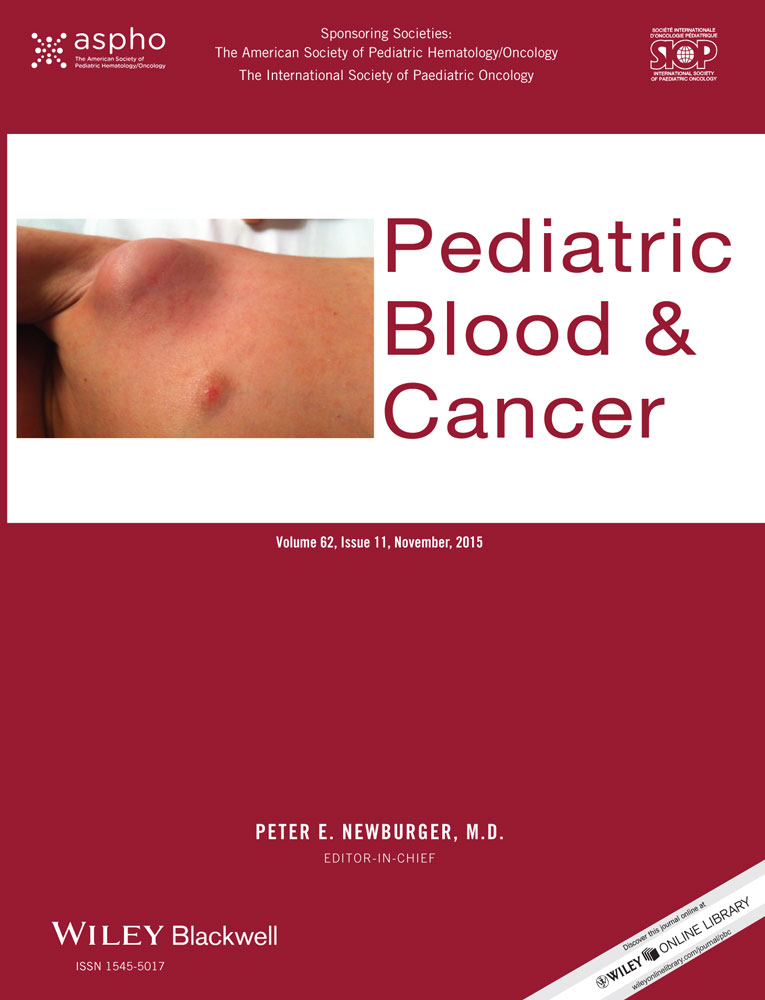Upfront treatment of high-risk neuroblastoma with a combination of 131I-MIBG and topotecan
Abstract
Background
131I-metaiodobenzylguanidine (131I-MIBG) has a significant anti-tumor effect against neuroblastoma (NBL). Topotecan (TPT) can act as a radio-sensitizer and can up-regulate 131I-MIBG uptake in vitro in NBL.
Aim
Determine the efficacy of the combination of 131I-MIBG with topotecan in newly diagnosed high-risk (HR) NBL patients.
Methods
In a prospective, window phase II study, patients with newly diagnosed high-risk neuroblastoma were treated at diagnosis with two courses of 131I-MIBG directly followed by topotecan (0.7 mg/m2 for 5 days). After these two courses, standard induction treatment (four courses of VECI), surgery and myeloablative therapy (MAT) with autologous stem cell transplantation (ASCT) was given. Response was measured after two courses of 131I-MIBG-topotecan and post MAT and ASCT. Hematologic toxicity and harvesting of stem cells were analysed. Topoisomerase-1 activity levels were analysed in primary tumor material.
Results
Sixteen patients were included in the study; median age was 2.8 years. MIBG administered activity (AA) (median and range) of the first course was 0.5 (0.4–0.6) GBq/kg (giga Becquerel/kilogram) and of the second course 0.4 (0.3–0.5) GBq/kg. The overall objective response rate (ORR) after 2 × MIBG/TPT was 57%, the primary tumor RR was 94%, and bone marrow RR was 43%. The ORR post MAT and ASCT was 57%. Hematologic grade four toxicity: after first and second 131I-MIBG (platelets 25/33%, neutrophils 13/33%, and hemoglobin 25/7%). Topoisomerase-1 activity levels were increased in 10/10 (100%) measured tumors.
Conclusions
Combination therapy with MIBG-topotecan is an effective window treatment in newly diagnosed high-risk neuroblastoma patients. Pediatr Blood Cancer © 2015 Wiley Periodicals, Inc.




